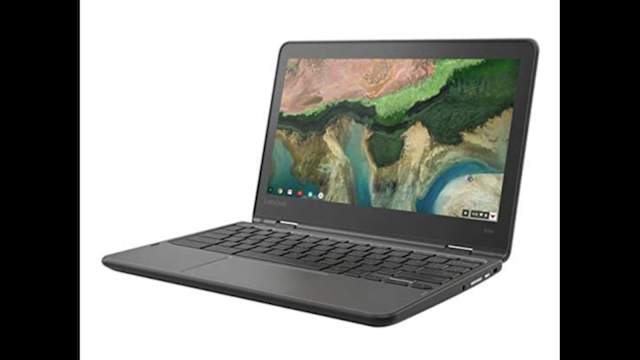Dec. 7, 2023 marks the 82nd anniversary of the attack on Pearl Harbor.
I've been to the Pearl Harbor memorial, which sits atop the sunken U.S.S. Arizona, one of our battleships sunk in the attack, and where the largest number of lives were lost. I remember walking into that memorial, and started crying when I read name after name on that wall – many of whom were just kids in their early 20s.
Recommended Videos
The tremendous loss of life shouldn't have been. This attack occurred with no Declaration of War, but I will not delve into the political and logistical reasons why this attack occurred before any formal statement of intended hostilities. Rather, I want you to know how a surprise attack of this magnitude could possibly happen.
As things turned out, the weather had a huge role. And you’ve probably never heard this story.
How did the Japanese navy manage to secretly maneuver into position to attack our naval air station in Hawaii? Because of a really good weather forecast by Hidetosi Arakawa, a Japanese meteorologist who gave his navy a weather forecast on Nov. 26, 1941, with no knowledge of what the forecast was for. On that day, the Japanese began a twelve-day trip across the Alyshan Sea, in cloudy, misty weather.
Low, thick cloud cover extended over a large area, which was perfect for hiding the huge attack fleet from reconnaissance aircraft. And hide they did -- refueling whenever calm seas presented an opportunity. On Dec. 2, Admiral Yamamoto gave the command from his flagship to execute the attack plan. His message was "Niita Kayama Nobore,” which means “Climb Mount Niitaka.” This was the code phrase indicating "proceed with attack."
When they reached their intended destination, about 200 miles north of Hawaii, on December 4th, they wrestled to come up with a way to fly their attack planes toward Hawaii above the clouds, where they wouldn't be seen. However, in order for the mission to succeed, they needed clearing so they could see their targets. How would they possibly know if weather conditions at Pearl Harbor would permit operations?
The answer to this question will surprise you: By listening to a radio! As they struggled to listen to a Honolulu radio station, they accidentally heard the disc jockey talk about the weather forecast. The announcer said “averaging partly cloudy, with clouds mostly over the mountains.” This was all the Japanese needed to know, and planes were ordered to depart their aircraft carriers and head to Pearl Harbor -- 360 planes in all.
And you know the rest of the story. However, while the Japanese dealt a severe blow to United States Naval operations in the Pacific, their prize targets, our aircraft carriers, were not at Pearl. It is widely thought that we rushed our carriers away from port just before the attack. This is not the case. Rather, our two carriers operating out of Hawaii, the Enterprise and the Lexington, had been on missions to deliver additional fighter aircraft to Wake and Midway islands.
The Enterprise, in fact, was working hard to get back to Pearl Harbor Saturday evening, Dec. 6, but bad weather delayed them. The ship estimated that they would pull into port at 7 a.m., about 55 minutes before the attack, but that estimate was too optimistic.
So, by the stroke of luck of some bad weather, this aircraft carrier was not yet back to Pearl when the attack occurred -- although she was close enough to have already sent some aircraft to the base to land there, and some of them were shot down, unfortunately, by friendly fire.
Now you know the rest of the story about this historic, surprise attack. Like so many other important events in history, it all came down to the weather.
Some of my information for this story came from a correspondence with an old friend of mine, a former TV meteorologist in Japan, Masako Konishi. I also reviewed an English translation of the Japanese attack plan for the mission, as well as a U.S. military summary of the attack.



